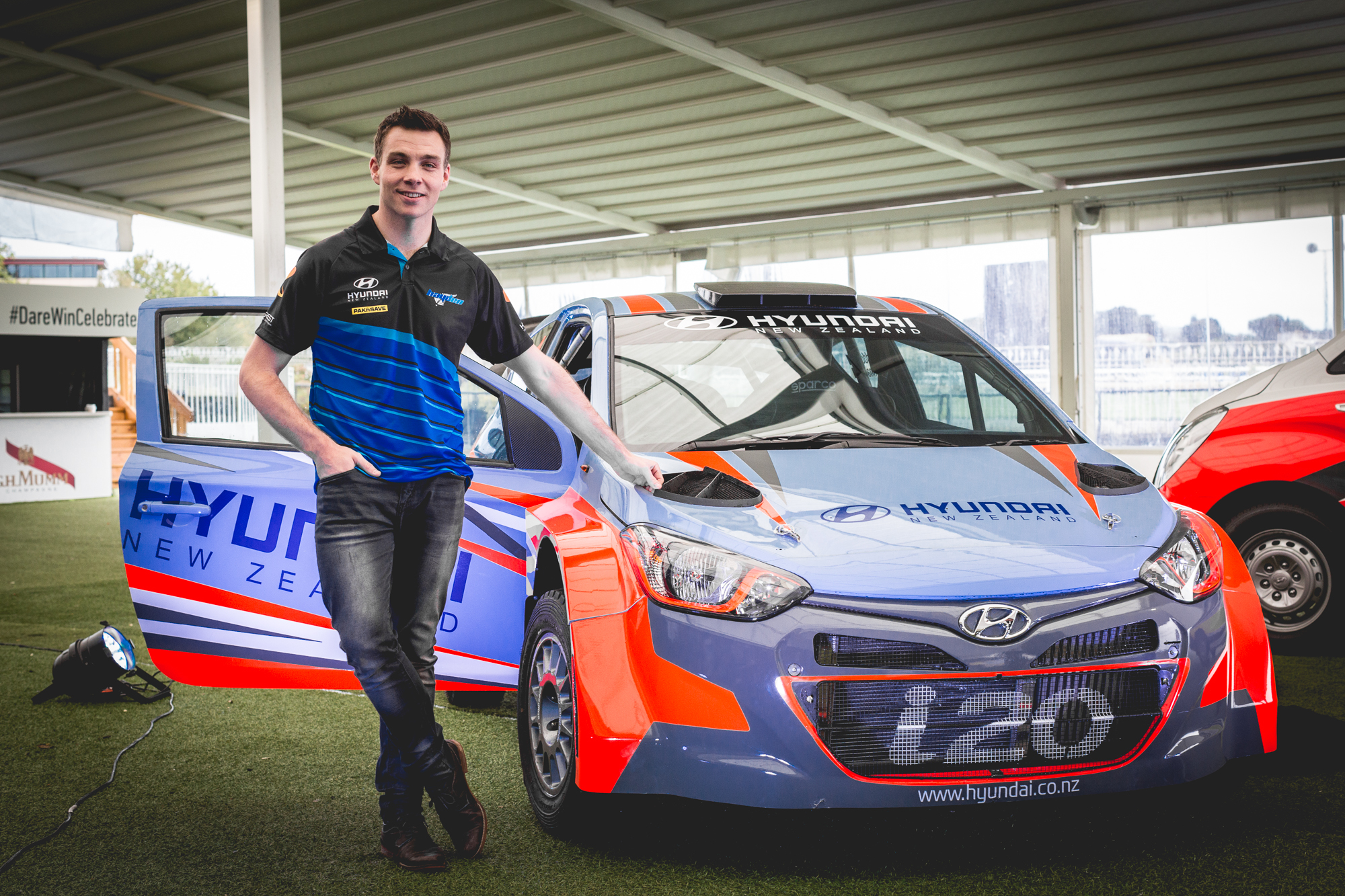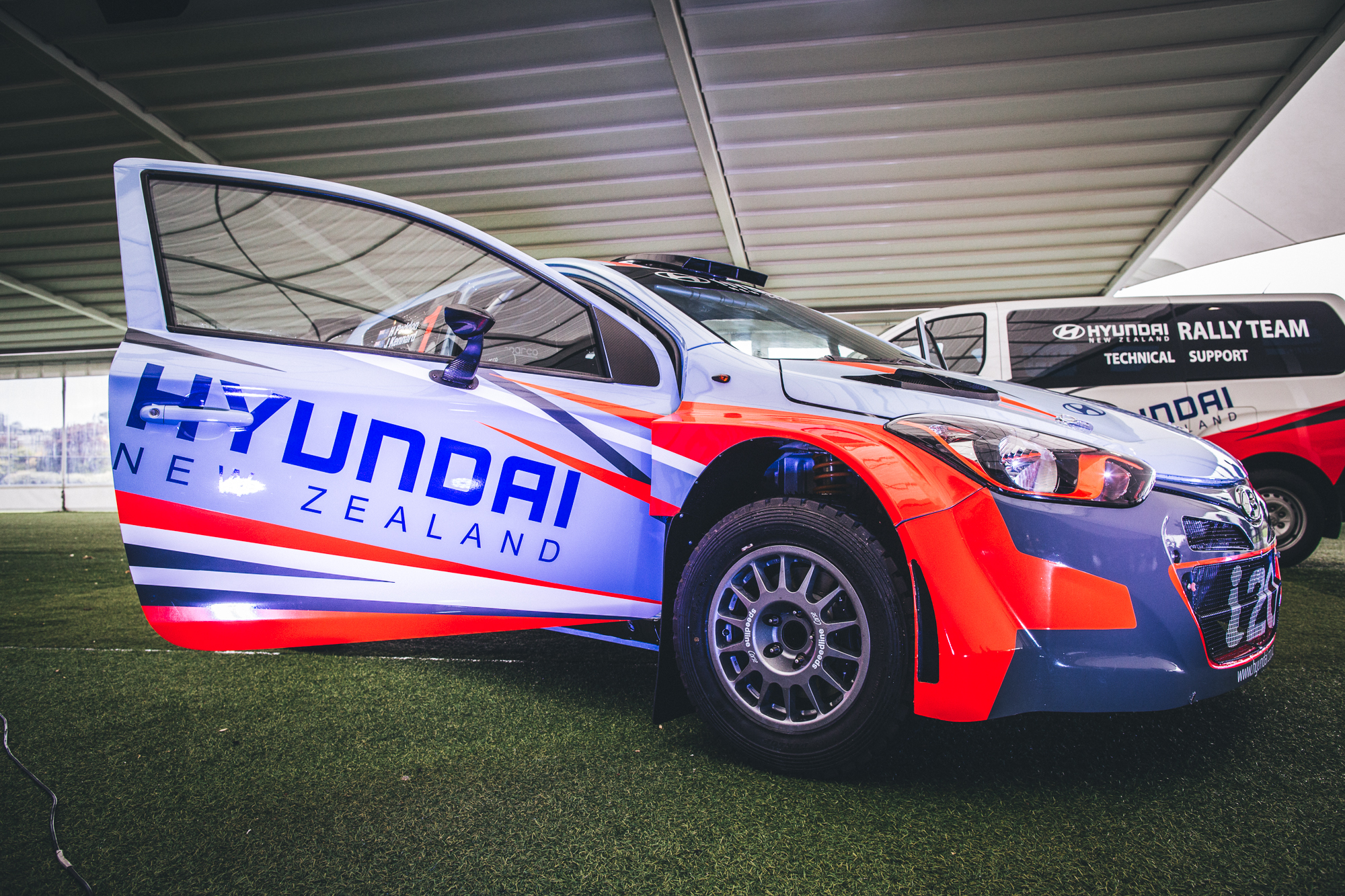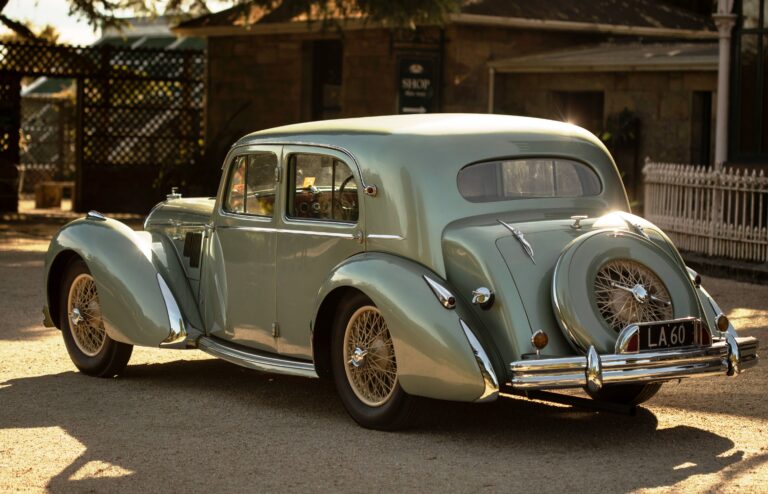Kiwi rally stars Hayden Paddon and John Kennard announced on March 24 that they will contest two rounds of the New Zealand Rally Championship (NZRC) in a newly built Hyundai i20.

The car that Hayden will be pedalling is an AP4-spec i20, run under the newly formed Hyundai Motorsport Team. The car was built at Force Motorsport (Andrew Hawkeswood), and is the second AP4-spec car to be built in New Zealand behind Hawkswood’s Mazda 2. The i20 wears World Rally Championship (WRC) body panels identical to the car that Hayden and John are currently contesting the WRC in.

The two cars also share the same WRC 1.8 turbocharged Hyundai engine. The AP4 car, however, is backed by a Sadev six-speed sequential transmission that is rated to 920Nm of torque. The majority of the suspension components are built here in New Zealand, including billet uprights, and chromoly and billet suspension arms and cross members, with all suspension parts designed to be interchangeable across differing chassis. The cars all run Australian-built MCA coilovers, AP Racing brake packages, Racetech seats, and a Woodward steering column.

“I’m very excited to be part of this programme with Hyundai New Zealand as we enter a new phase of our partnership to bring our rally exploits back to New Zealand, and to introduce Hyundai New Zealand to the NZRC,” says Paddon.
While WRC will still take priority, the team are able to contest firstly the Rally of Otago, followed by the International Rally of Whangarei. Paddon says, “Otago and Whangarei are my two favourite rallies in the world. The car is still early in development, but has a lot of potential and we look forward to working closely with Force to help develop it into a rally-winning car. Like any new formula, it will take a little longer for this car to catch on, but I believe that value for money is the key with this sort of car. While not at the same level, it has the same design principles and look of a WRC car.”


